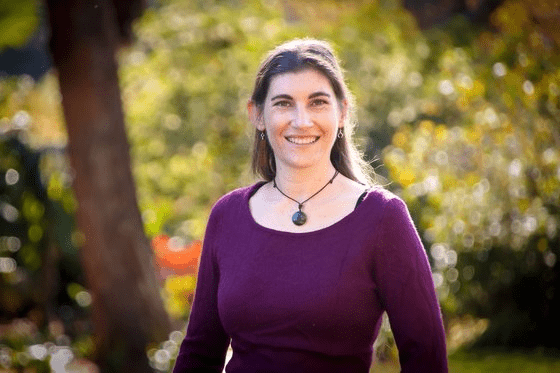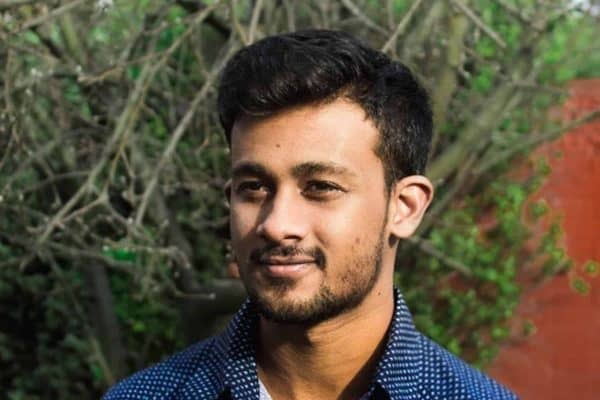Seismo-acoustic characterisations of pyroclastic density currents
I am originally from the Pacific Northwest and grew up between volcanoes and an accretionary wedge. At a young age I learned about the eruption of Mount St. Helens and was in awe of the impact on the surrounding area, especially the pyroclastic density current and landslide. I began studying volcanoes and infrasound at Western Washington University during my undergrad, looking at using infrasound as a tool to estimate plume dynamics for St. Augustine volcano. Infrasound is sound below the threshold of human hearing, and has the advantage of having low attenuation over large distances.
I moved to Fairbanks, Alaska for my masters where I used seismic shear wave anisotropy to examine mantle flow beneath the state. After completing my masters I worked at the Infrasound Lab of University of Hawai’i at Mānoa as a station operator for the Comprehensive Nuclear Test Ban Treaty Organization. Next I joined the Earth Observatory of Singapore to work on plume dynamics and regional infrasound monitoring as an early warning tool for the aviation industry. I am excited to be joining Massey University as a PhD student and to continue working on infrasound to look at a new problem: pyroclastic density currents.
My Project
Pyroclastic Density Currents (PDCs), while being the most deadly volcanic phenomena, are difficult to study. This project intends to investigate the potential of using seismo-acoustic methods to examine pyroclastic currents in nature and in the lab. The use of seismo-acoustic techniques would allow for monitoring and study of these dangerous phenomena at a safe distance.
My project will combine lab experiments using the the Pyroclastic flow Eruption Large-scale Experiment (PELE) lab at Massey’s Palmerston North Campus with real world signals to understand the acoustic signature of these phenomena. The aim of the project is to better understand the source of the seismo-acoustic signals and how they relate to fundamental properties of the flows. This is important for learning how we can quickly identify and characterize these deadly currents in a monitoring environment. Because of their destructive nature it is very difficult to study PDCs and they tend to be destructive to monitoring infrastructure. Infrasound can offer a monitoring technology that can be placed far enough from their path to be safe while still offering valuable information.
Next Steps
The results of this project will not only help answer some fundamental questions about PDCs, but also have implications for monitoring and hazard assessment. Without a detailed dataset of past events it can be difficult to model and understand the potential for future events. The use of a monitoring tool like infrasound can provide more information that can be used in modeling past events to better understand the hazards faced by communities at risk. I hope to continue to work on the research to operations pipeline and continue to develop tools for monitoring volcanoes around the world.




